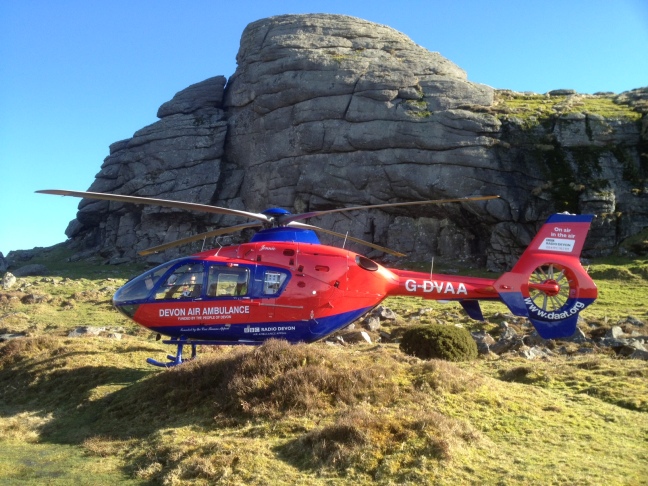
In this post I look at CRM and how it helps teams to function more effectively, both in the world of aviation and pre-hospital care. You can’t discuss CRM without looking at ‘Human Factors’ and so we will get to grips with this term also. CRM has become a familiar term to both Aviation and medicine. As such, my role as a Paramedic and HEMS Technical Crewmember (the aviation qualification I had to undertake when joining-see earlier post) both require knowledge of CRM.
Crew Resource Management is a term that arose in the aviation world in the late 1970s, early 1980s and described a process that requires open interpersonal communication between teams to avoid human errors. CRM encourages a flat hierarchical structure, where any team member can raise concerns over a potential threat or mistake that could lead to a safety issue.
What does that mean to the Aircrew of Devon Air Ambulance?
It means that our Pilots, who are extremely competent aviators, have command of the aircraft but can still be challenged by the Paramedic crew if a safety issue is missed or overlooked. It means that the whole crew are responsible for identifying hazards during flight and verbalising them, so that everyone is aware. This is especially important during the most demanding part of our flights, landing in ad-hoc sites to reach our patients (a subject for a later post I think). All the crew are encouraged to highlight hazards as we approach an ad-hoc site, even if we think they are obvious to the pilot. This is always responded to with a ‘thank you acknowledge’ from the pilot and is seen as good team working, and never as a challenge to their ability or authority.
Morning Briefing
The open communication between our crew begins each morning during our brief, where all aspects that may affect the day’s missions are discussed (weather, aircraft maintenance, and aerial hazards). CRM has its own section of the brief where each crew member has their chance to raise any concerns from previous missions, discuss suggestions for improved team functioning, and be open about each other’s physical, mental and emotional state. The mnemonic HALT is useful for this (Hungry, Angry, Late, Tired). Anything a crew member is experiencing around those issues needs to be addressed to allow the team to function effectively. Highlighting them at the start of the day allows this to happen. Given that over 70% of aviation crashes are attributed to ‘Human Factors’ (or the things that cause human error) you can see that CRM is an essential part of aviation. At Devon Air Ambulance CRM is engrained in our culture and something we are required to formerly requalify in yearly (see Pilot Rob Mackie’s blog for more info).
Open Communication
All of this translates well into pre-hospital care. The emphasis on safety is still present, using open communication to prevent errors or poor practice. Medical CRM has also been described as a ‘pit stop’ approach where teams function effectively in performing acts such as resuscitation which require several co-ordinated tasks to happen simultaneously. Open communication is critical in these incidents as the team may consist of a variety of clinicians such as Ambulance Crew, Air Ambulance Crew, and Doctors, all of which may be meeting for the first time. First names are generally used to set the atmosphere for good CRM. Through CRM clinicians can be allocated tasks specific to their role and strengths, as part of a verbalised plan that the whole team are tuned in to. No assumptions are made around who is responsible for what, and any concerns can be raised and addressed by any team member. This leads to a safe, effective team performance. Enacting this with clinicians that I have just met, and performing slick successful patient care is one of the most rewarding parts of my role. Here’s to the next successful interaction!
